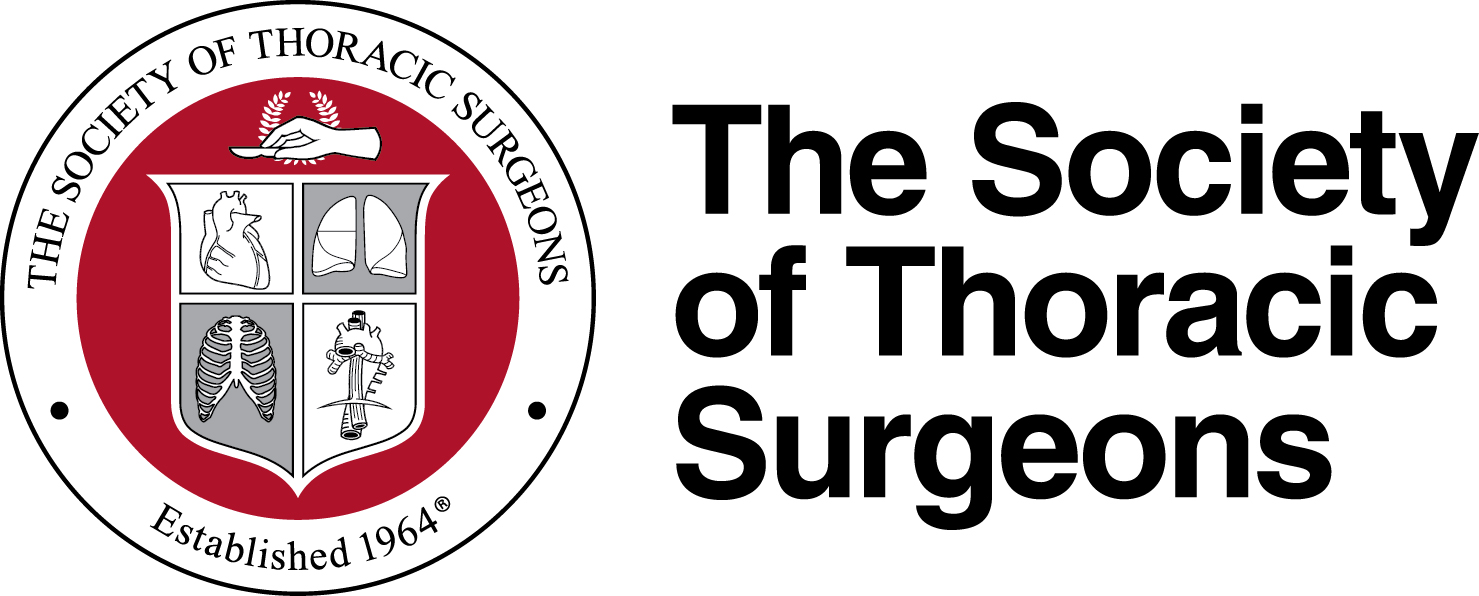Newswise — Chicago – Patients with aortic stenosis who are ineligible for surgical valve replacement as well as the traditional approach to transcatheter aortic valve replacement (TAVR) may have comparable outcomes when the surgeon uses an alternative access TAVR approach, according to a study in the October 2013 issue of The Annals of Thoracic Surgery.
“Our experience demonstrated that cardiac surgeons and cardiologists must utilize a multitude of access options in TAVR to achieve minimal morbidity and mortality with excellent outcomes,” said Vinod H. Thourani, MD, from Emory University in Atlanta and lead author of the study.
TAVR using the transfemoral (TF) approach (via the groin) was recently approved in the United States for inoperable or high-risk patients with aortic stenosis, the most common acquired valvular disease in adults. Aortic stenosis is characterized by a narrowing of the opening to the aortic valve. Surgical aortic valve replacement is the treatment of choice; however, 25% of patients may be ineligible for surgery for reasons such as frailty or additional disease.
TF TAVR was approved for these high-risk or inoperable patients, but some patients have too much disease in the femoral artery to permit using this approach.
To understand more about the outcomes from other TAVR approaches, Dr. Thourani and his colleagues at Emory conducted a single-center retrospective review of 44 inoperable patients who underwent alternative access TAVR from November 2011 to April 2012. Alternative access approaches included transapical (TA – via the heart muscle), transaortic (TAo – via the aorta), and transcarotid (TCa – via the right common carotid artery) TAVR.
Of the 44 patients reviewed, 18—less than half—were eligible for TF, while 11 underwent TA, 12 underwent TAo, and three underwent TCa procedures.
Thirty days after the TAVR procedures, the researchers found no difference among the groups in mortality and no incidences of myocardial infarction or stroke. Study participants implanted using a non-TF approach, however, experienced longer average lengths of hospital stays.
“What we have learned from this study,” said Dr. Thourani, “is that the TAVR physician, be it a cardiologist or cardiac surgeon, should feel comfortable utilizing a variety of TAVR techniques. This will allow the most appropriate tailoring of the TAVR procedure for optimal patient outcomes.”
The U.S. Food and Drug Administration recently announced its approval of alternative access approaches for TAVR using the Edwards Sapien Transcatheter Heart Valve, making the procedure available to an expanded group of patients who have inoperable aortic valve stenosis. The new device labeling removes references to specific access points now making it available for inoperable patients who require one of these alternative access points.
###
For a copy of the study, contact Cassie Brasseur at 312-202-5865 or [email protected].
Founded in 1964, The Society of Thoracic Surgeons is a not-for-profit organization representing more than 6,700 cardiothoracic surgeons, researchers, and allied health care professionals worldwide who are dedicated to ensuring the best possible outcomes for surgeries of the heart, lung, and esophagus, as well as other surgical procedures within the chest. The Society’s mission is to enhance the ability of cardiothoracic surgeons to provide the highest quality patient care through education, research, and advocacy.
The Annals of Thoracic Surgery is the official journal of STS and the Southern Thoracic Surgical Association.
